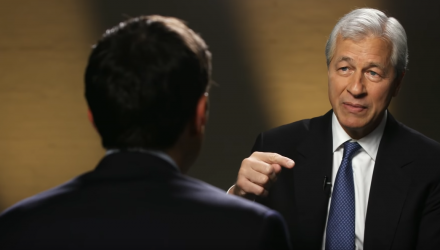U.S. equities are off to a stellar beginning to 2019 and the volatility that reared its ugly head near the end of 2018 has been missing. However, according to a Wells Fargo recession model, this is could be the calm before the storm.
This was revealed just as the S&P 500 reached a key bullish technical level recently, moving past its 200-day moving average for the first time since December 3. To some technical analysts, breaking through that 200-day moving average paves the way for bigger gains ahead.
However, the Wells Fargo recession model is eerily reminding investors of 2008. The model, which uses a mix of spreads from Treasury yields, is showing that a chance of a recession jumped above 40 percent in January.
The concept is difficult to fathom given that market volatility is down, but according to analysts, this is where the red flag begins waving.
Additionally, the last thing investors want to hear is the word “recession.” However, the word has been thrown around the central bank more often, according to the latest CNBC Fed Survey.
According to the survey, which was conducted while the U.S. was in the midst of a government shutdown, the chance of a recession happening within the next 12 months rose to 26 percent. The last highest level was in 2016 when it reached 29 percent.
The level reached its highest in 2011 when it hit 36 percent. Are the capital markets bracing themselves for a forthcoming recession or worse, a crisis?
In a conversation with CNBC’s Andrew Ross Sorkin, JPMorgan CEO Jamie Dimon details the events leading up to the 2008 financial crisis. Ten years later, he says he doesn’t trust doing business with Washington because “the next government can do whatever they want.” Watch the video below:
For more market trends, visit ETF Trends.

